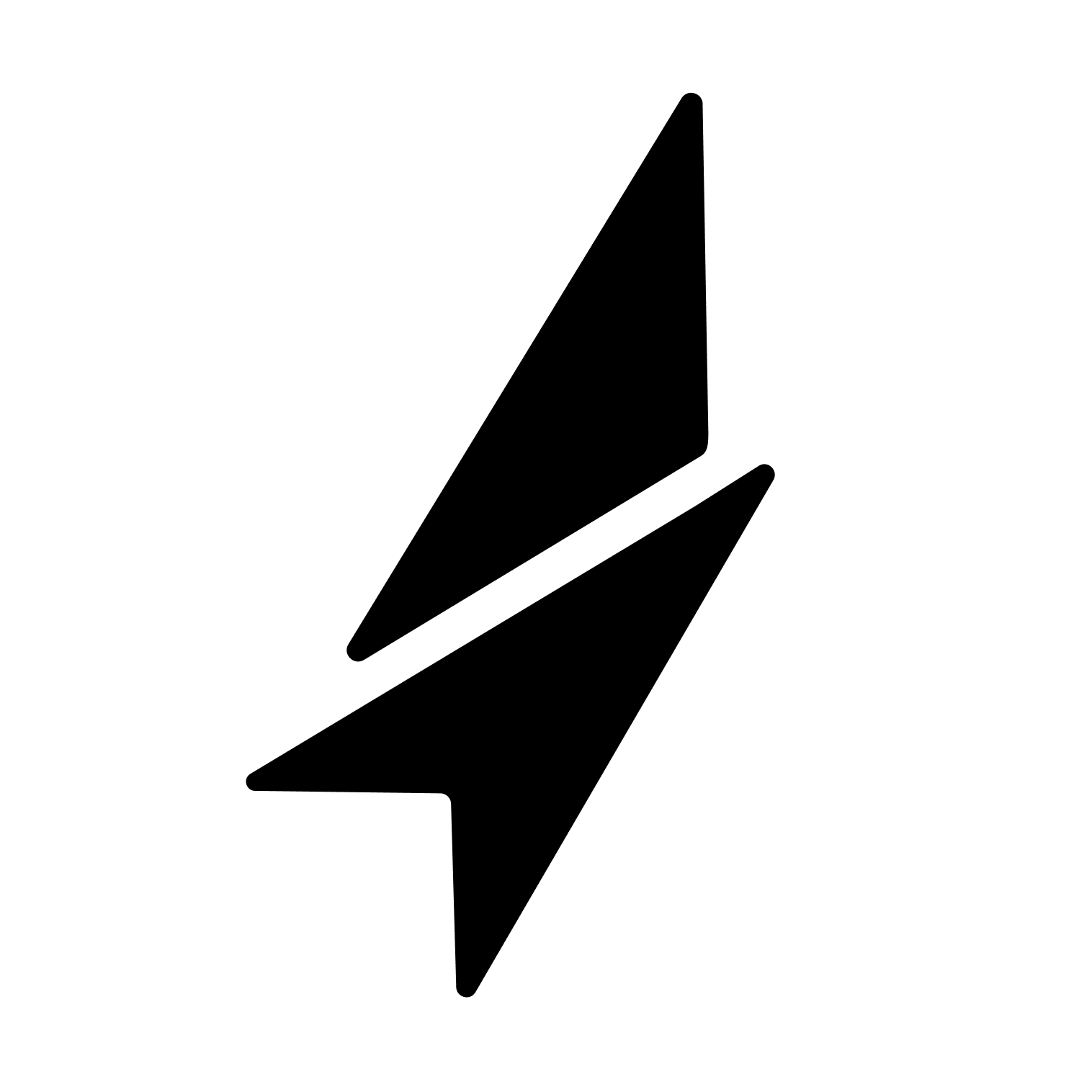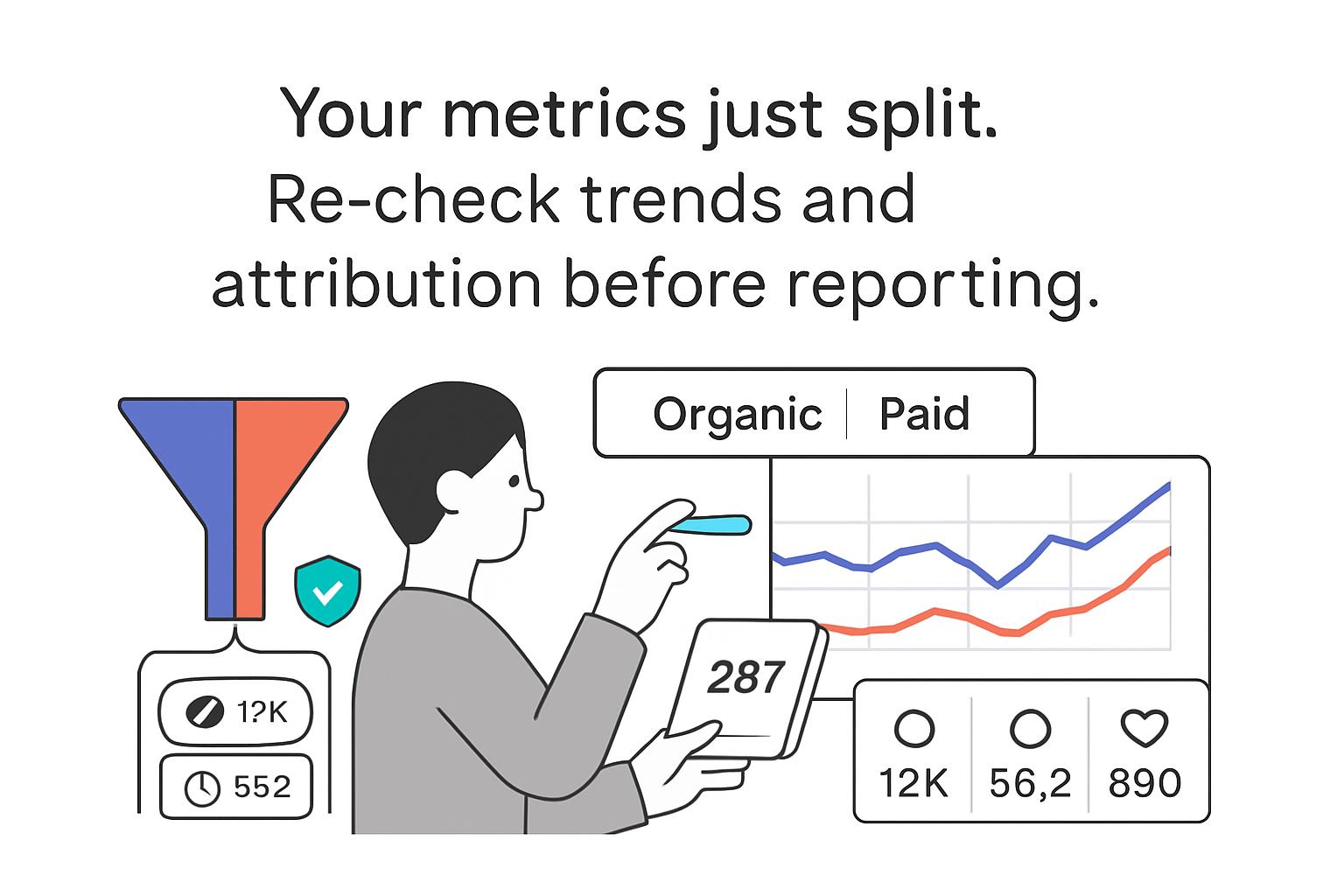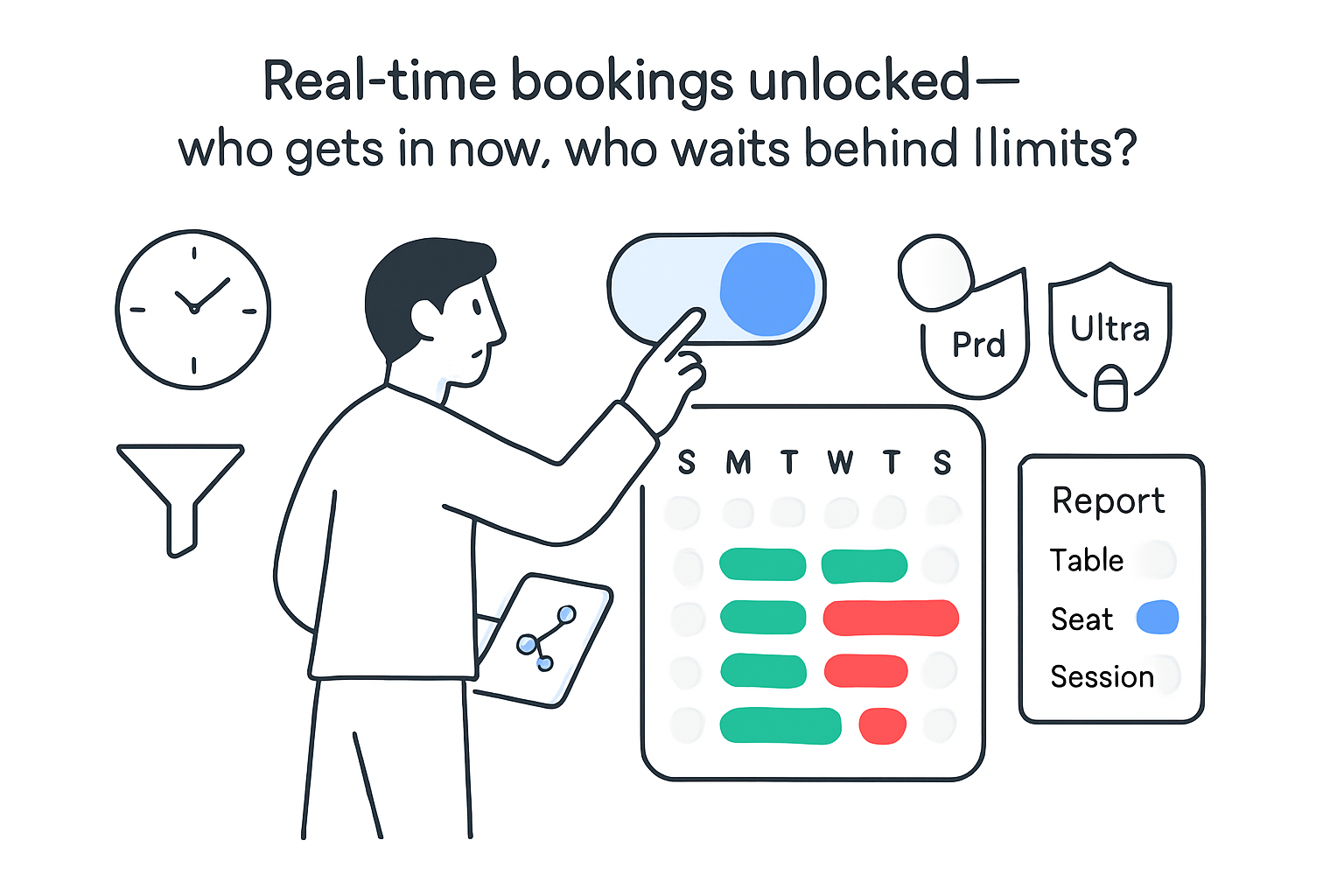Marketers are asking a practical question: if Google's AI Mode shifts ranking from keyword matches to answers synthesized across latent questions and brand salience, what levers actually move visibility and revenue? This analysis tests the claim that AI Mode deprioritizes classic keyword SEO in favor of topic depth, information gain, and brand mentions - and maps consequences for SEO and PPC.
From keywords to questions - how AI Mode rankings reset the playbook
AI Mode changes two core inputs: how queries are interpreted (from short keywords to multi-part, conversational, and image-based prompts) and how answers are assembled (from a single top result to a synthesis that anticipates the next questions a user will ask). The practical effect is a repricing of ranking value away from exact terms and toward topic depth, unique information, and brand mentions that LLMs and retrieval systems can confidently cite.
Key takeaways
- Information gain is the new tiebreak. Pages that add non-redundant facts beyond what is already covered are more likely to be included in AI answers; thin rewrites lose. So what: expand cornerstone pages to answer the next 5-10 follow-ups users will ask, not just the head query.
- Brand mentions correlate with AI visibility. SEJ reports Ahrefs found r ~ 0.67 between branded web mentions and appearance in AI Overviews - roughly 45% of variance explained (r^2 ~ 0.45). So what: treat mention velocity across unique domains, including forums, as a KPI alongside links. Expect diminishing returns; correlation is not causation.
- Reverse Q&A is a practical audit. Extracting the exact questions your page answers reveals coverage gaps vs. latent questions AI Mode addresses. So what: operationalize RQA in content QA; prioritize gaps that create information gain.
- Media matters for intent resolution. Images and video that directly answer fit, steps, and evaluation criteria are more likely to surface in AI answers and image-based queries. So what: add utility-first visuals with measurable answer depth (dimensions, steps, comparisons).
- PPC spillover will be uneven. For complex queries where AI Mode satisfies intent, organic CTR likely compresses; ad units embedded in or around AI answers may capture high-intent clicks. So what: test RSA copy that mirrors follow-up answers and monitor placement inside AI experiences.
Situation snapshot
Trigger: Search Engine Journal reporting on Google's AI Mode, how LLMs decompose complex queries into latent questions, the role of Google's information gain concepts, and Ahrefs-reported correlation between brand mentions and AI Overview presence [S1] [S2] [S3]. SEJ also recaps Google's core topicality systems and current understanding of AI Mode behavior [S4] [S5].
Undisputed facts
- AI Mode synthesizes answers and can cite multiple pages; it handles complex, conversational queries and can include follow-up prompts [S1] [S5].
- Latent or hidden questions - likely follow-ups implied by the initial query - inform what the AI covers in its response [S1].
- Google holds patents around rewarding information gain (non-redundant, additional value vs. prior results) [S3].
- Ahrefs data (via SEJ) shows a strong correlation (r ~ 0.67) between branded mentions and brand appearance in AI Overviews; correlation does not imply causation [S2].
Breakdown and mechanics
Core logic
AI Mode shifts from term matching to intent completion.
- Query parsing: Complex prompt (text or image) -> LLM decomposes into explicit and latent questions -> system defines an answer plan.
- Retrieval and ranking: System fetches pages that jointly cover those questions; signals include topical relevance, information gain (novelty vs. known coverage), and brand salience or authority proxies.
- Synthesis: The model composes a cohesive answer, often citing multiple sources; follow-up prompts extend the session.
Mechanics in shorthand: Complex query -> Latent question graph -> Retrieve diverse sources -> Score for information gain + topicality + trust -> Synthesize -> Citations + next steps.
Information gain in practice
- The patent SEJ cites aligns with ranking pages that add different but related content beyond the initial relevant result set [S3].
- Cause-effect: If your page repeats what the top results already state, your score for additional value falls -> lower chance of inclusion in AI answers. If your page covers the next decisions (trade-offs, thresholds, exceptions, how-tos with constraints), your chance rises.
Brand mentions as a salience signal
- Ahrefs' correlation (r ~ 0.67) implies a moderate-strong association; r^2 ~ 0.45, meaning nearly half the variance in AI Overview presence across brands is associated with mention frequency [S2].
- Likely mechanism (inference, not confirmed): broad, multi-domain mentions strengthen entity understanding and trust; LLMs and ranking systems prefer citing sources they see widely referenced.
Reverse Q&A (RQA) as an audit tool
- Extract questions fully answered by your page to quantify latent coverage.
- Map against AI Mode's answer plan for target queries to find missing coverage (for example, steps, parameters, constraints, edge cases).
- Outcome: a prioritized backlog of sections that increase information gain without bloating content.
Impact assessment
Organic search
- Effect: Higher bar for inclusion; consolidation toward pages that satisfy a cluster of latent questions; thin listicles and rewrite content lose share.
- Beneficiaries: Brands with strong mention footprints, authoritative how-to or reference content, and deep coverage of decision criteria.
- Actions:
- Build a question graph per target topic; ensure coverage of the top 8-12 latent questions with direct, sentence-level answers.
- Add sections that create information gain: comparisons, constraints, thresholds, failure modes, trade-offs, prerequisites.
- Track: AI Mode inclusion rate, citation share, latent coverage score (count of fully answered follow-ups).
Content and creative
- Effect: Utility-first images and video gain value - especially where users search with images or expect demonstrations.
- Beneficiaries: Teams with workflows for annotated visuals (dimensions, materials, steps, time, risks).
- Actions:
- For each guide or product, include visuals that answer fit, function, and finish: sizes, compatibility, steps, outcomes, limits.
- Measure: Visual answer density (number of questions uniquely answered by media); monitor if those assets appear in AI answers.
Digital PR and entity building
- Effect: Mention velocity across unique domains becomes a KPI, independent of link metrics.
- Beneficiaries: Brands with active community presence, expert citations, and forum visibility.
- Actions:
- Set monthly targets for unique-domain mentions; diversify sources (news, forums, Q&A, niche blogs).
- Instrument: Mention discovery (brand + product + entity variants), time series vs. AI appearance rate. Expect non-linear gains.
Paid search
- Effect (speculative): AI Mode can reduce organic CTR on complex queries while opening new ad surfaces near or within AI answers.
- Beneficiaries: Advertisers aligning ad copy and assets with follow-up answers; brands strong enough to win new placements.
- Actions:
- Build RSA assets that directly answer common follow-ups; test sitelinks as answer fragments.
- Monitor: Impression share in AI surfaces (where available), shifts in CTR by query complexity bucket, CPC drift on head vs. long-tail.
Analytics and operations
- Effect: Need for new telemetry beyond rank tracking.
- Actions:
- Log daily: which target queries trigger AI Mode; whether you are cited; which URL; which answer section.
- Add RQA to editorial QA; decline publication if fewer than a threshold of core questions are fully answered.
- Create a mention velocity dashboard split by unique domains and formats (article, forum, video).
Quantification guidance
- Treat r ~ 0.67 as an upper-bound directional proxy. If you increase unique-domain mentions by 50% in a quarter, a material lift in AI citations is plausible but not guaranteed; monitor causal paths via pre or post analysis with matched controls.
- Aim for a latent coverage score of at least 8 complete Q&As per cornerstone page in competitive topics; adjust by vertical.
Scenarios and probabilities
- Base case - AI Mode is common on complex queries; information gain and mentions remain strong signals (Likely).
- Outcome: Consolidation toward entity-strong brands; increased effort per page; steady ad surfaces around AI answers.
- Upside - AI Mode expands coverage and integrates more commercial units; visual inputs rise (Possible).
- Outcome: Higher returns to media production and structured Q&A; PPC gains for answer-style assets; increased paid-organic interplay in AI surfaces.
- Downside - AI Mode scales back due to quality, cost, or regulatory pressure (Edge).
- Outcome: Partial reversion to classic SERPs; mention impact persists via entity understanding but with less direct AI citation payoff.
Risks, unknowns, limitations
- Correlation vs. causation: The Ahrefs finding may reflect broader brand strength rather than mentions causing AI inclusion; controlled tests are needed [S2].
- Coverage volatility: AI Mode availability varies by market, query class, and time; results may not generalize across verticals [S5].
- Patent is not product: Information gain is documented in patents and SEJ analysis; exact weighting in current systems is not disclosed [S3].
- Measurement gaps: Third-party tools have limited visibility into AI surfaces; citation detection can miss instances; personalization adds noise.
- Visual weight uncertainty: The exact uplift from images or video within AI Mode remains under-documented; monitor before scaling spend.
- Potential falsifiers: If pages with low latent coverage but high link equity consistently win AI citations, that would contradict the information gain thesis; if increased mentions fail to move AI visibility with adequate time lags, the salience premise weakens.
Sources
- [S1]: Search Engine Journal / Roger Montti, 2025 - AI SEO: How To Understand AI Mode Rankings.
- [S2]: Search Engine Journal, 2025 - Data Shows Brand Mentions Boost AI Search Rankings (reporting Ahrefs correlation r ~ 0.67).
- [S3]: Search Engine Journal / Roger Montti, 2024-2025 - Google's Information Gain Patent for Ranking Web Pages.
- [S4]: Search Engine Journal, 2024-2025 - What Are Google's Core Topicality Systems?
- [S5]: Search Engine Journal, 2025 - Google's AI Mode: What We Know, What Experts Think.








.svg)